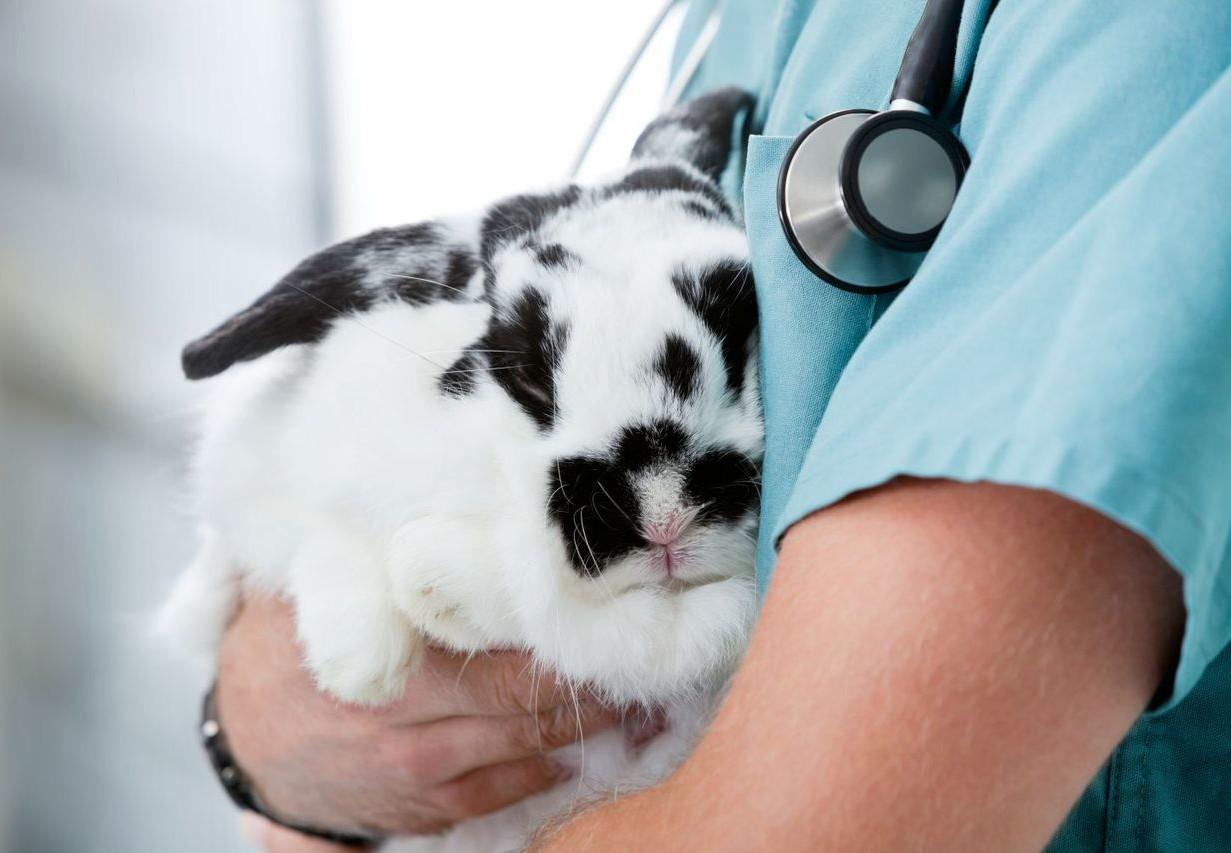
Flystrike in rabbits
How do you prevent and treat the dangerous disease in rabbits?
Flystrike (myiasis) is an extremely painful and serious disease in rabbits caused by flies that lay their eggs on rabbits’ body and whose larvae can eat their way through the bodies of the affected animals. The disease occurs particularly in the warm summer months, as rabbits are often exposed to flies during this time. If left untreated, myiasis can lead to the death of the affected animals. The disease is closely related to poor hygiene and existing health problems and primarily affects rabbits in outdoor keeping.
Flystrike
Myiasis is caused by different types of flies, the flies are attracted by the smell of open wounds, faeces and urine, as well as warm, humid areas, usually around the anal area when it is contaminated with faeces, which can be caused by diarrhoea. The flies lay their eggs (each fly can lay up to 200 eggs) and the larvae can hatch within a few hours. The larvae or maggots feed on the animal’s skin.
Within 24 hours they can penetrate the skin and eat through muscles and other tissues of the rabbit.
Particularly affected are...
- Rabbits with urinary problems
- Rabbits with dental problems
- Overweight rabbits
- Females with pronounced dewlaps (fat deposits below the head to the torso)
- Elderly and arthritic animals
- Long-haired breeds
As the maggots develop and make their way through the rabbit's body, they cause great pain for the affected animal.
Symptoms and Consequences
Visible signs are the eggs or the whitish-yellowish maggots. Changes in the behaviour of infected rabbits are another possible sign. Rabbits also often refuse to eat because of the pain caused by the flystrike.
Other signs in rabbits are:
- grinding of teeth
- animals appear apathetic/lethargic
- hiding in corners of the enclosure
Treatment
Immediately see a veterinarian if you notice any eggs or maggots on your rabbit. If necessary, the vet will sedate your rabbit, shave the affected areas, and remove as many eggs and maggots as possible. The vet will also cut out damaged tissue and treat the wounds. Your rabbit will need pain medication and may need antibiotics to prevent secondary infection.
Preventive measures
- Provide the correct food: a proper diet prevents diarrhoea, which attracts flies. Hay is an important basis in rabbit nutrition!
- Hygiene in the enclosure: Clean out the enclosure every day and make sure that the bedding is fresh and dry. The smell of faeces and urine attracts flies.
- Daily checks: Take your rabbit out of the enclosure twice a day, especially in the summer months, and check the fur, anus and the base of the tail for possible infestation.
- Grooming: Thoroughly clean any soiled fur. It is advisable to keep the fur around the bottom and tail short in the summer months so that neither urine nor faeces can get caught there. Also, make sure that the fur is always dry.
- Observe wounds: Make sure that the rabbits do not have any open wounds, as these also attract flies.
- Maintain the correct weight: Overweight rabbits are unable to properly groom themselves or remove dirt which can lead to flystrike.
- Regular veterinary checks: These are used to check and maintain the health status of your rabbit. Your vet will check your rabbit's nutritional status and dental health, among other things. Healthy teeth are essential to be able to eat and groom.
- Fly screens: Installing a fly screen is a good approach to keeping flies away from your rabbit. However, you still need to regularly check your rabbit and the enclosure.
- Insect repellents: Get advice from your veterinarian on what rabbit-friendly products are on the market.
- Responsible holiday cover: Are you planning to go away and leave your rabbit in someone else's care? Tell them about flystrike so that they can look after your animals responsibly while you are away. Not everyone is familiar with this issue.
Remember!

Prevention is better than treatment and taking these measures will help to ensure your rabbit is protected!
Source
Veterinary care of a giant lop rabbit with severe fly strike. [accessed 2021 May 10]. http://www.worldwidewounds.com/2006/february/Cousquer/Veterinary-Lop-Rabbit-Fly-Strike.html
Myiasis - what is it and how does it happen? - Monument Vets. [accessed 2021 May 10]. https://www.monumentvets.co.uk/myiasis-what-is-it-and-how-does-it-happen/
Strike Before The Flies Do : How To Save Rabbits. [accessed 2021 May 10]. https://www.pdsa.org.uk/taking-care-of-your-pet/looking-after-your-pet/rabbits/flystrike
Druce K. Myiasis in domestic rabbits. Veterinary Nursing Journal. 2015;30(7):199–202. doi: https://doi.org/10.1080/17415349.2015.1047431
Kaninchen / Zwergkaninchen Info - Anatomie. [accessed 2021 May 12]. http://www.diebrain.de/k-anatomie.html
